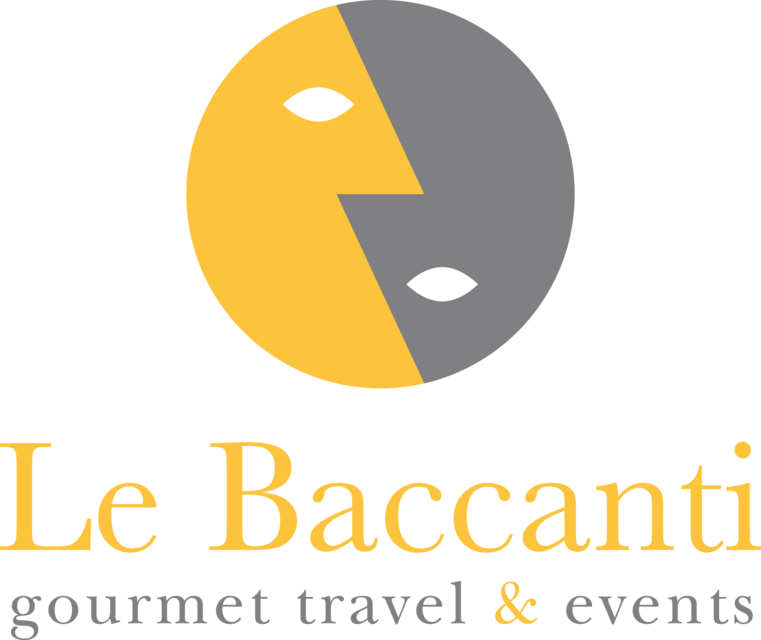BRIEFLY In the last dozen years Tuscany has become a centre for custom-made world-quality chocolates. A small band of craftsmen called cioccolatieri personally go and procure the best raw materials in faraway lands and bring them to the heart of Italy. All production is on a non-industrial, strictly artisan level, from roasting to blending, sweetening and conversion into pralines, bars and crmes, often in model workshops often open to visitors by appointment. The high quality attained and jealously maintained by this cottage industry has recently made chocolate a new eurotypical producteuro of Tuscany, redubbed euroChocolate Valleyeuro by a foreign journalist.HISTORYCacao trees were discovered by the Conquistadores in the early 1500s in the Amazon delta. There are indications that the Maya civilisation brewed a beverage from its roasted beans two thousand years before he discovery of America, and that the ancient dwellers in the Yucatan peninsula not only drank powdered cacahuatl dissolved in tepid water, and so prized the beans that these became a species of currency of commerce. Aztec mythology ascribed their origins to the coagulated blood of a princess who had perished of unrequited love: the flavour of cacao was bitter as suffering and strong as virtue. In 1519, Montezuma greeted Hernn Corts in what would eventually become Mexico with gifts of his most precious possessions: vessels and baskets overflowing with gold, silver and cacao beans. Soon Spain and Portugal held an absolute monopoly on liquid cacao, at first not sweetened but spiced with pepper, cinnamon and other aromas, that was to last well into the seventeenth century. It was the Arab influence over the Iberian peninsula and the Arab love of sweetmeats, desserts and pastries of a hundred kinds that led to the brew being sweetened and mixed with milk. It soon became so popular and widely used that in 1569 Pope Pius V officially allowed the consumption of one daily cup even during Lenten fasting. Maria Antoinette never travelled, or at least not until her last journey, without her cased hot-chocolate service of gilded copper and finest porcelain; poets and musicians, Goldoni, Mozart and Proust among many, sang the fluideuros praises. In 1779 there appeared in Venice a pamphlet entitled Dell'Uso e dell'Abuso della Cioccolata, On the Use and Abuse of Chocolate, in which the anonymous author opined that eurowhat ambrosia is to the gods, chocolate is to mortalseuro.We must remember that thus far we are speaking only of the beverage - there was no solid eating chocolate before 1847 and no milk chocolate before 1876. In 1828 the Hol-lander Carl van Houten succeeded in extracting cocoa butter from the seeds, and in 1847 the English firm of Fry and Sons produced the first dark and sweetened, but not yet milky, eating chocolate. Not until 1874 did anyone get around to making milk chocolate, in the event two competitors that soon became collaborators, the Swiss Henri Nestl and Daniel Peter. Manchestereuros George Cadbury had started to package and sell crme-filled pralines covered in dark chocolate in 1866, whilst Swiss Rudolphe Lindt was becoming successful with very smooth bitter and bittersweet chocolate bars. Todayeuros industrial chocolate has little in common with the quality and flavours of the true, old-fashioned and necessarily rather costly products that can only be, and fortunately still are, made by small artisan enterprises.




